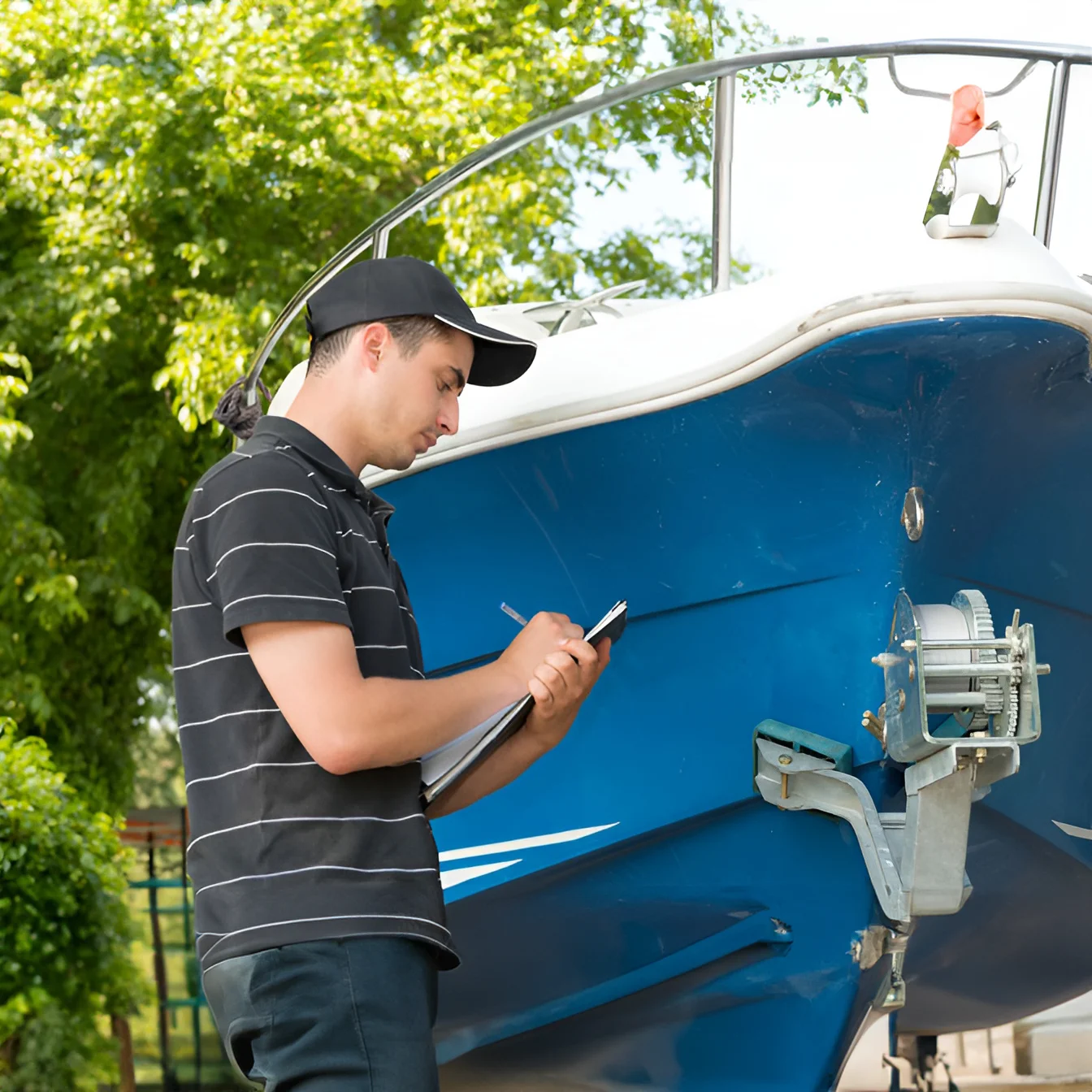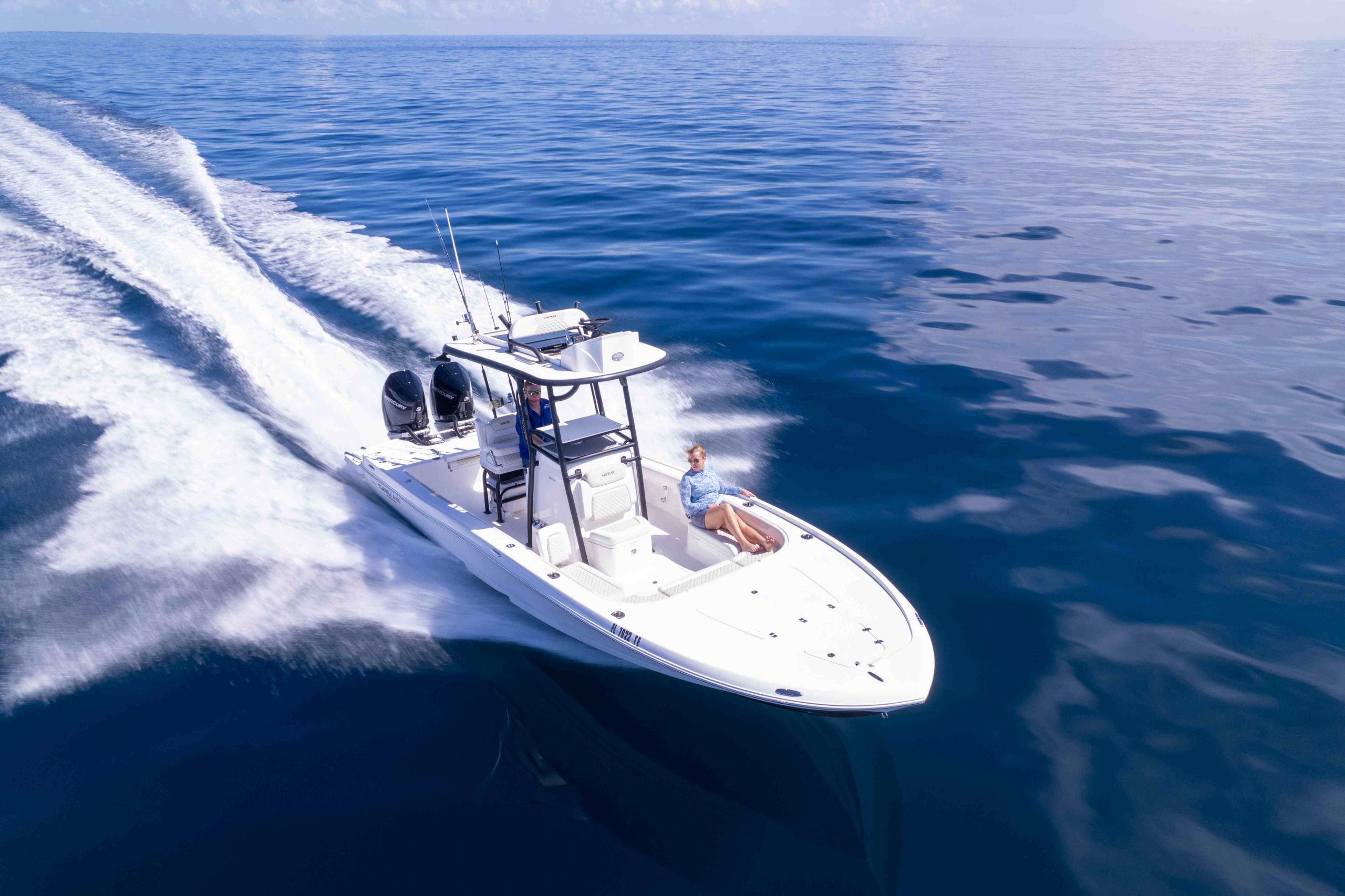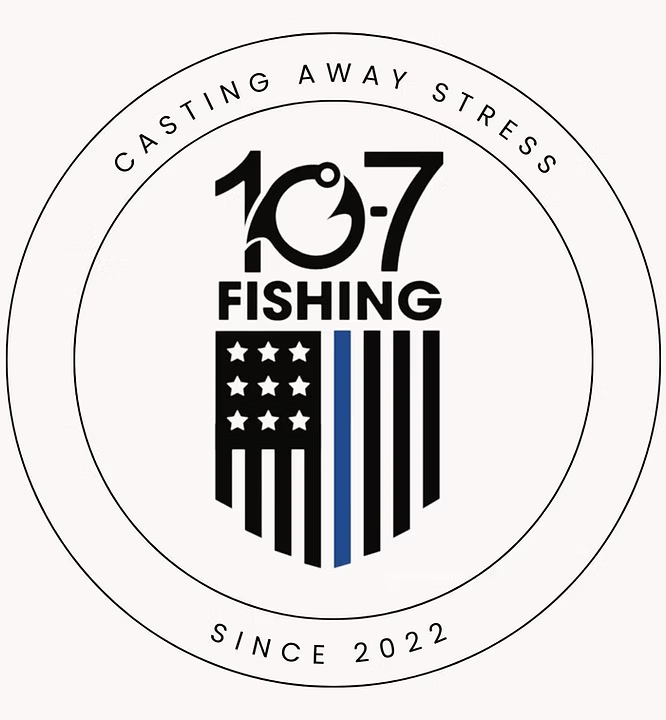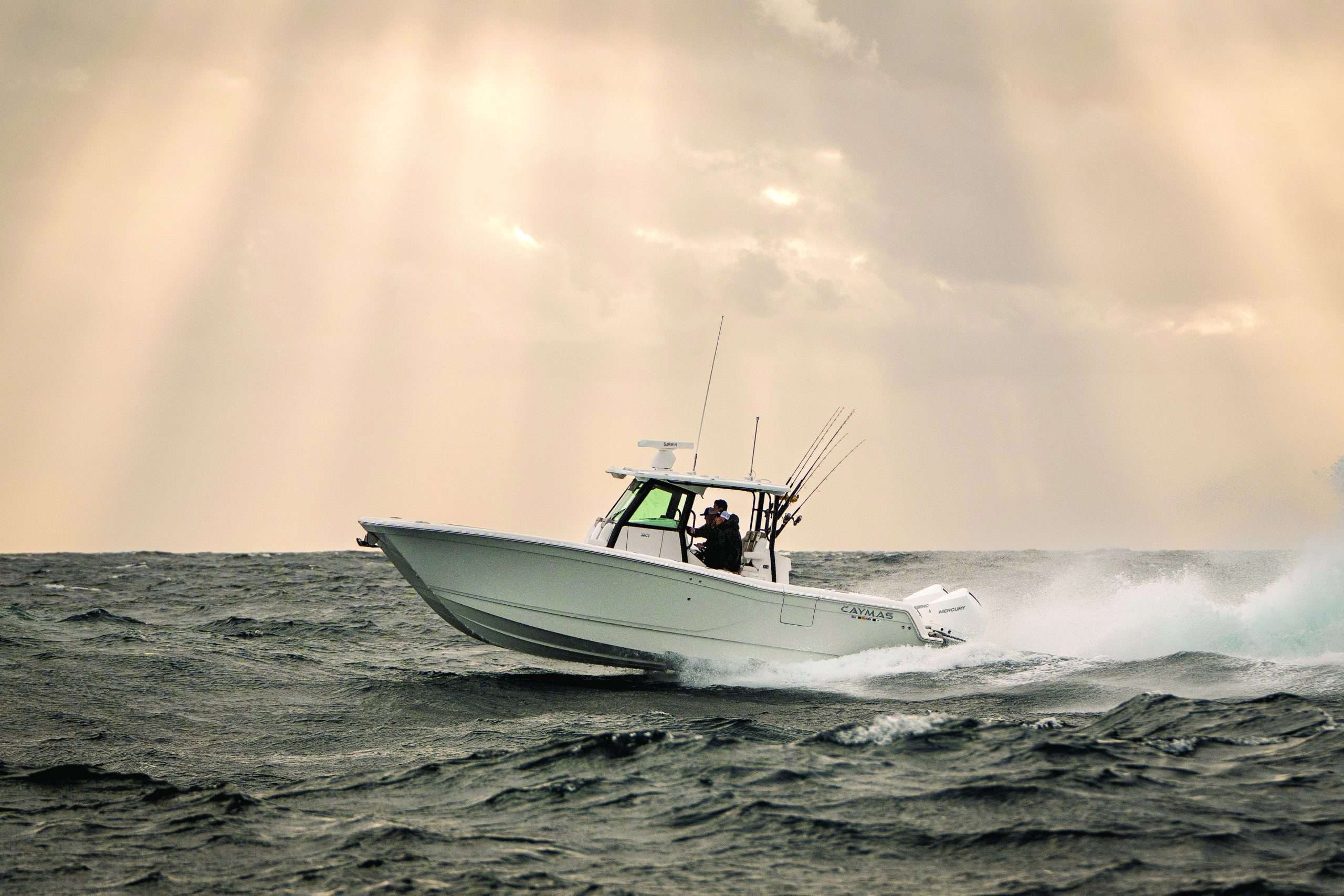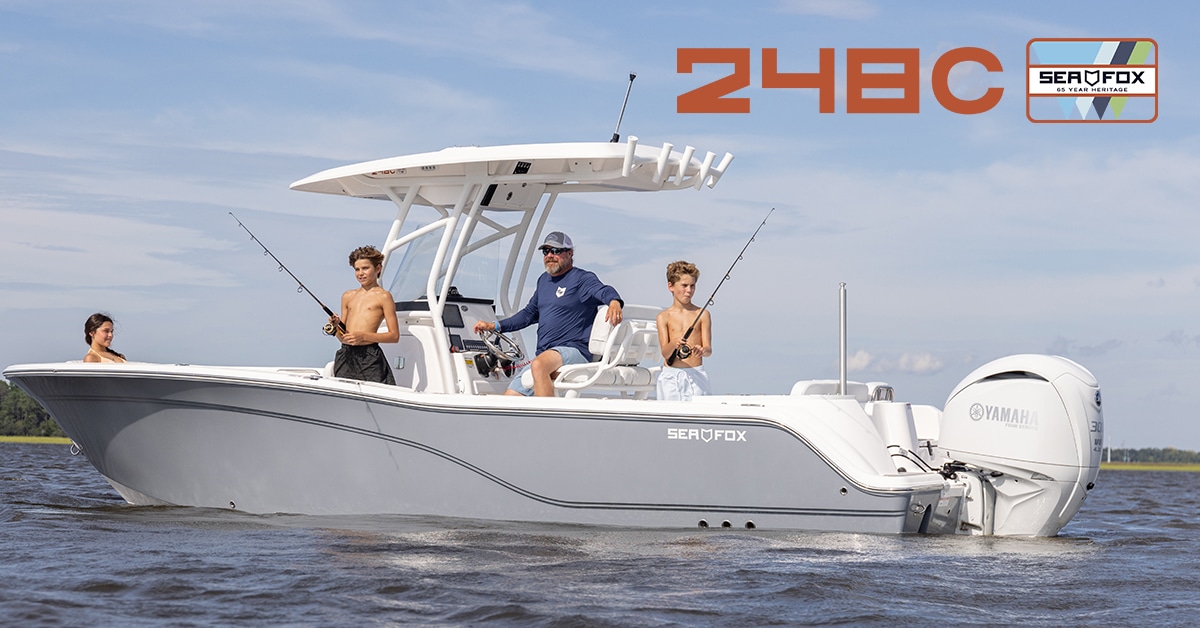Index
- Exterior Inspection
- Interior Inspection
- Mechanical Systems
- Electrical Systems
- Safety Equipment
- Sea Trial
- Documentation and History
- Wrapping Up
- FAQ’s
Thinking about buying a Black Label boat? Before you make that big investment, it’s crucial to conduct a thorough inspection. Our essential boat inspection checklist will guide you through every step, ensuring you make a well-informed decision. From the hull to the electronics, we’ll cover all the key areas to check, so you can sail away with confidence.
Exterior Inspection
Hull
When inspecting the hull, look for cracks, blisters, and any visible damage. These could indicate previous impacts or general wear and tear. Additionally, inspect for any signs of previous repairs. Poorly done repairs can lead to future issues, compromising the boat’s integrity.
Deck and Superstructure
The deck and superstructure are crucial areas to inspect. Look for soft spots, which could indicate rot or water intrusion. Delamination, where layers separate, is another red flag. Examine the condition of the non-skid surfaces as they ensure safety while moving around the boat.
Paint and Gelcoat
Assess the overall condition of the paint and gelcoat. Fading, chalking, or blistering can not only affect the boat’s appearance but also hint at underlying problems. A well-maintained exterior suggests the boat has been cared for properly.

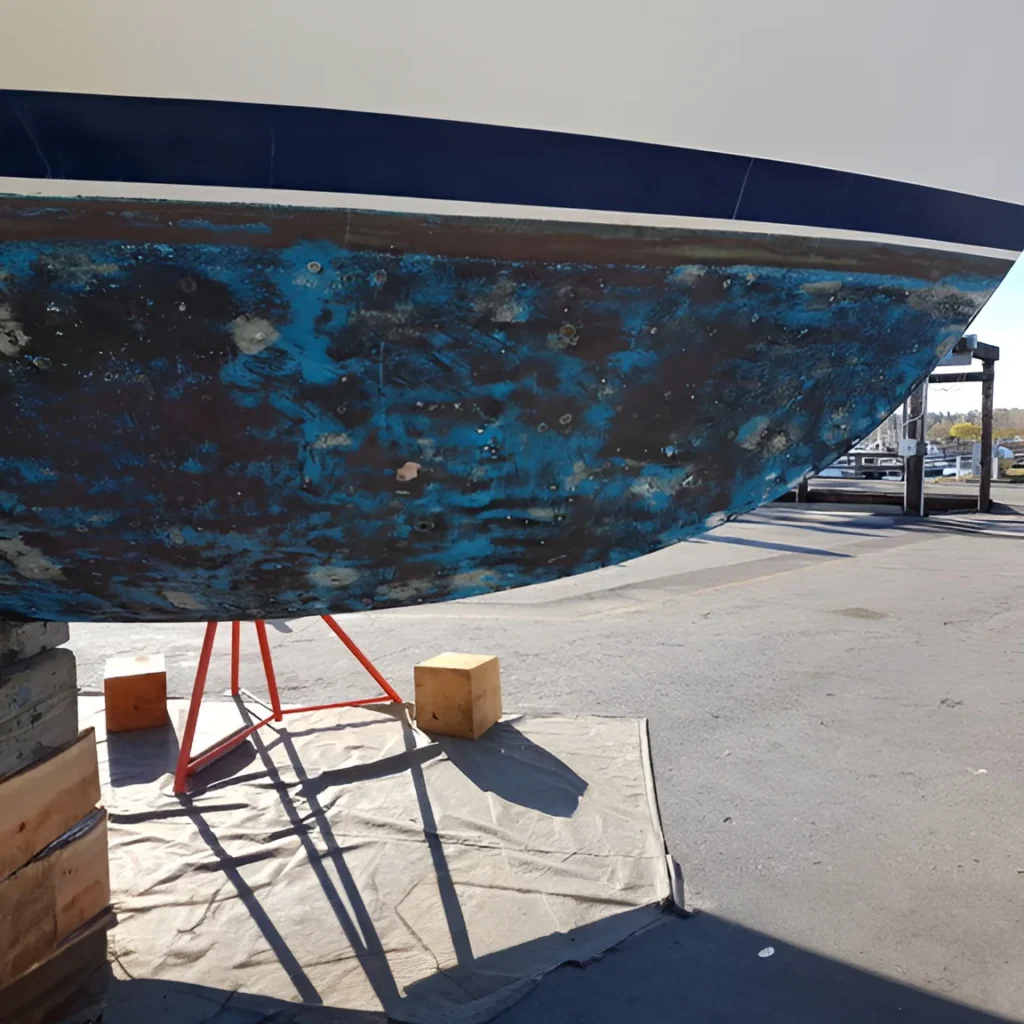
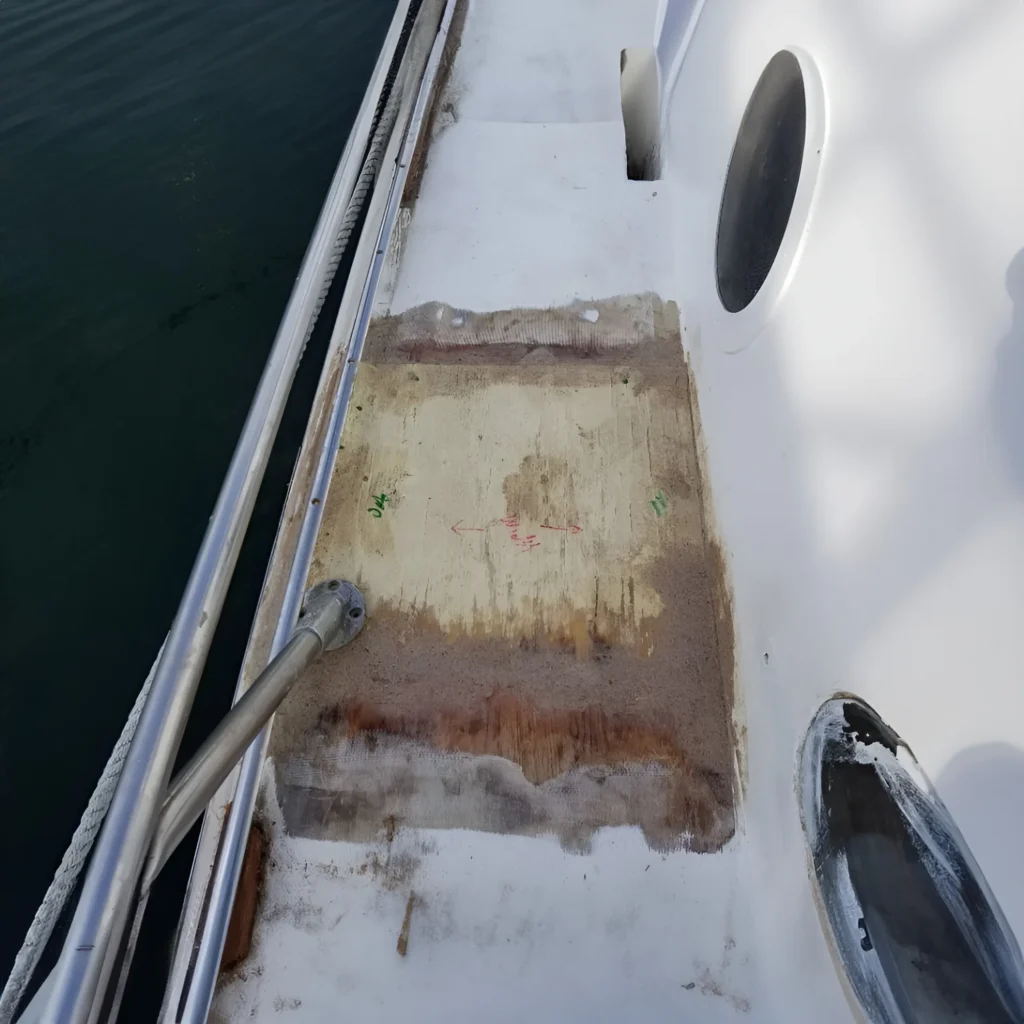
Interior Inspection
Cabin and Accommodation
Inside the cabin, check for signs of water damage or mold, especially in hidden areas. This could indicate leaks or poor ventilation. Inspect the condition of upholstery, fixtures, and fittings. Wear and tear here can affect comfort and may require costly replacements.
Bilge and Engine Compartment
In the bilge and engine compartment, look for oil, water, or fuel leaks. These can signal serious issues with the boat’s systems. Ensure the bilge pump is operational, as it’s essential for keeping the boat dry and safe.
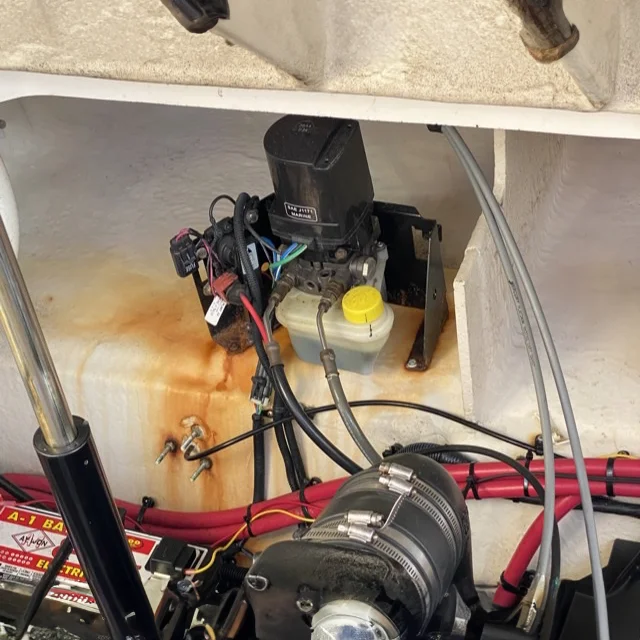
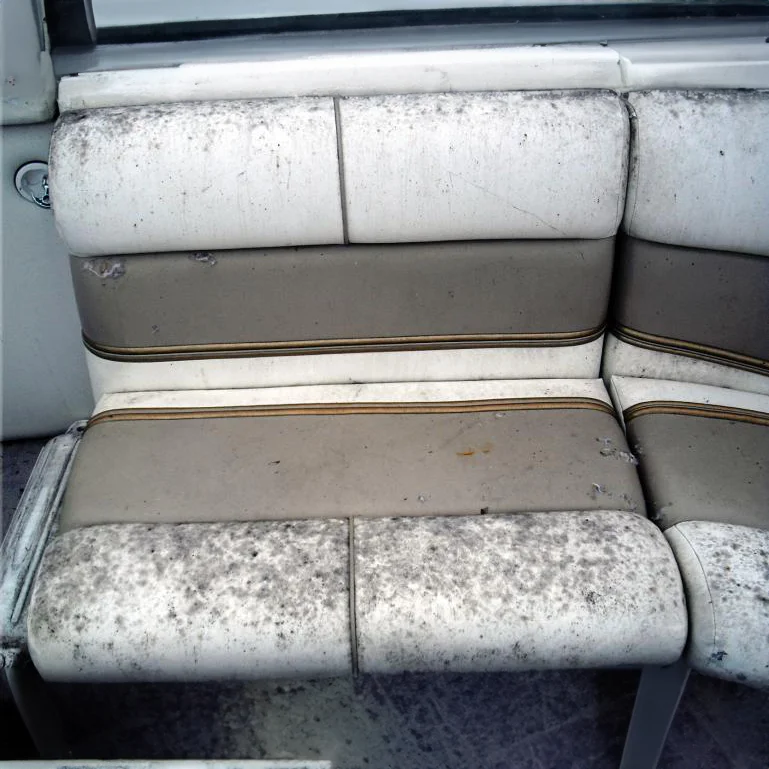
Mechanical Systems
Engine
The engine is the heart of the boat. Start the engine and listen for unusual noises that could indicate mechanical problems. Check the engine oil and coolant levels, and look at their color and consistency. This can provide clues about the engine’s health.
Steering and Controls
Test the steering system for smooth operation. Any stiffness or play could mean trouble. Inspect throttle and gear controls to ensure they respond correctly. Smooth, responsive controls are crucial for safe navigation.
Electrical Systems
Battery and Wiring
Check the battery condition and terminals for corrosion. A well-maintained battery is vital for reliable power. Inspect the wiring throughout the boat for signs of corrosion or damage. Faulty wiring can lead to electrical failures, which are often costly to fix.
Lights and Electronics
Test all navigation and interior lights. Functioning lights are essential for safety, especially at night. Ensure electronics like GPS, radio, and depth finder are operational. These devices are critical for navigation and communication.
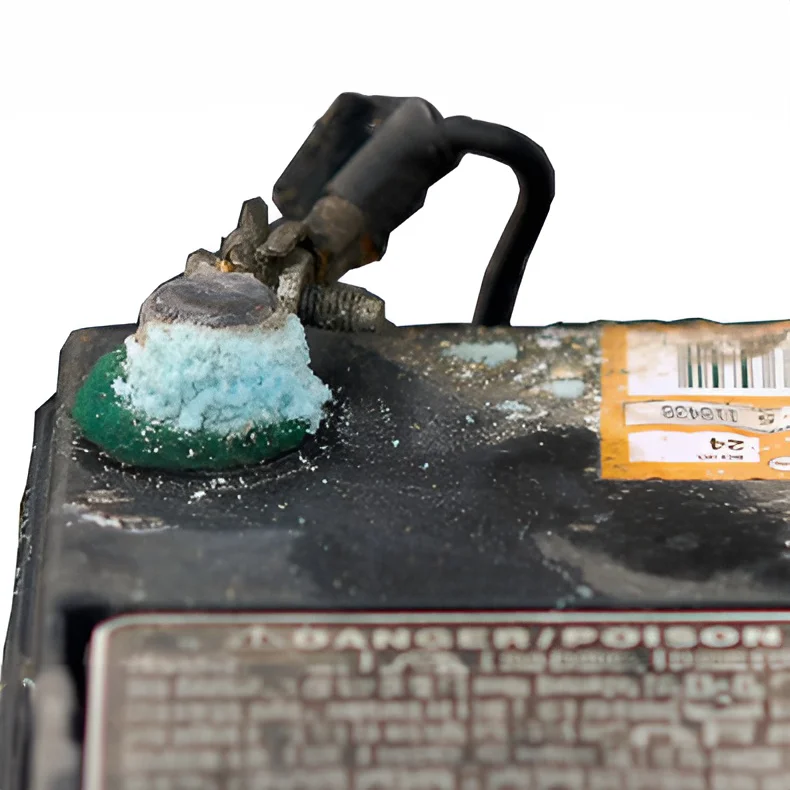
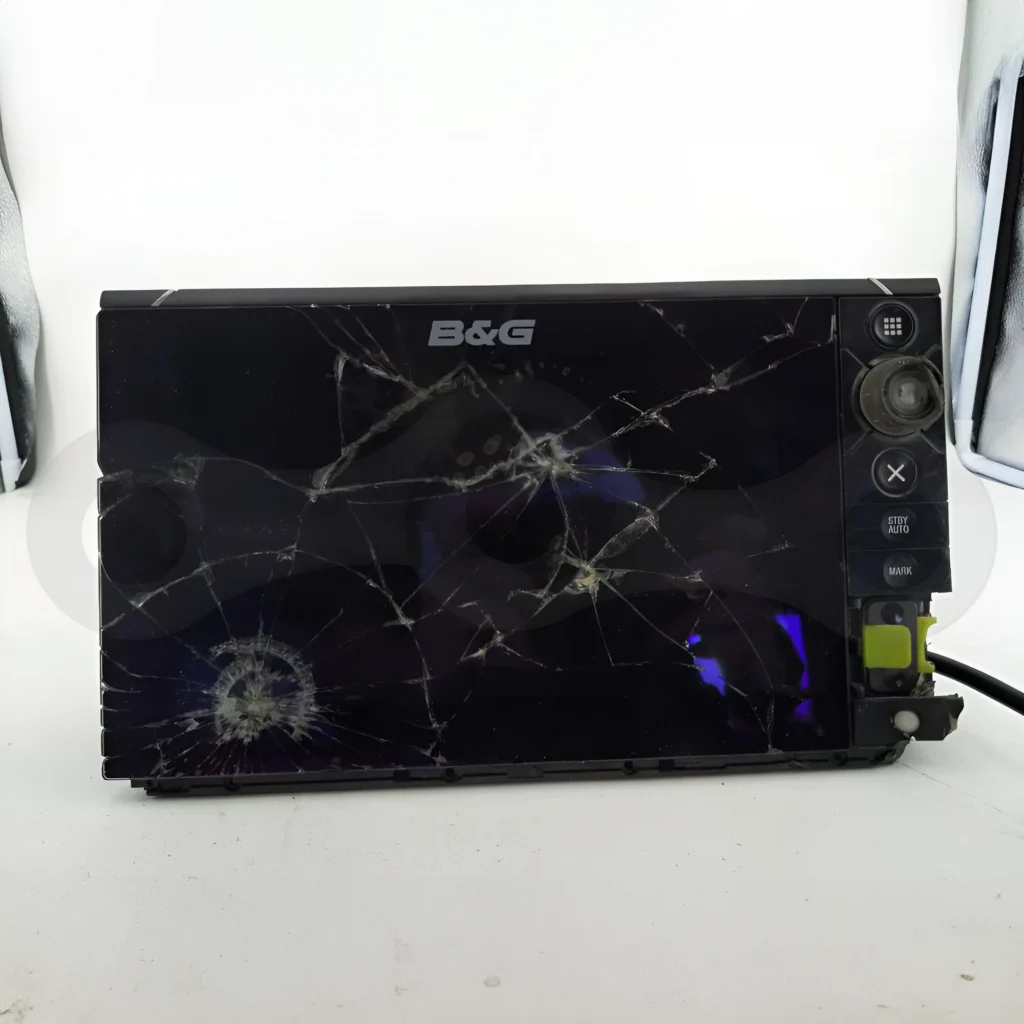
Safety Equipment
Verify the presence and condition of life jackets. They should be in good condition and sufficient for the number of passengers. Check fire extinguishers, flares, and other safety gear to ensure they are up to date and in working order. Safety should never be compromised.
Sea Trial
A sea trial is indispensable when buying a boat. It’s your chance to see how the boat performs on the water. Observe the handling, performance, and any unusual noises. Pay attention to how the boat responds to different speeds and conditions.
Documentation and History
Review the boat’s maintenance records. A well-documented history can provide insights into how well the boat has been cared for. Check for any outstanding liens or legal issues to avoid unexpected complications.
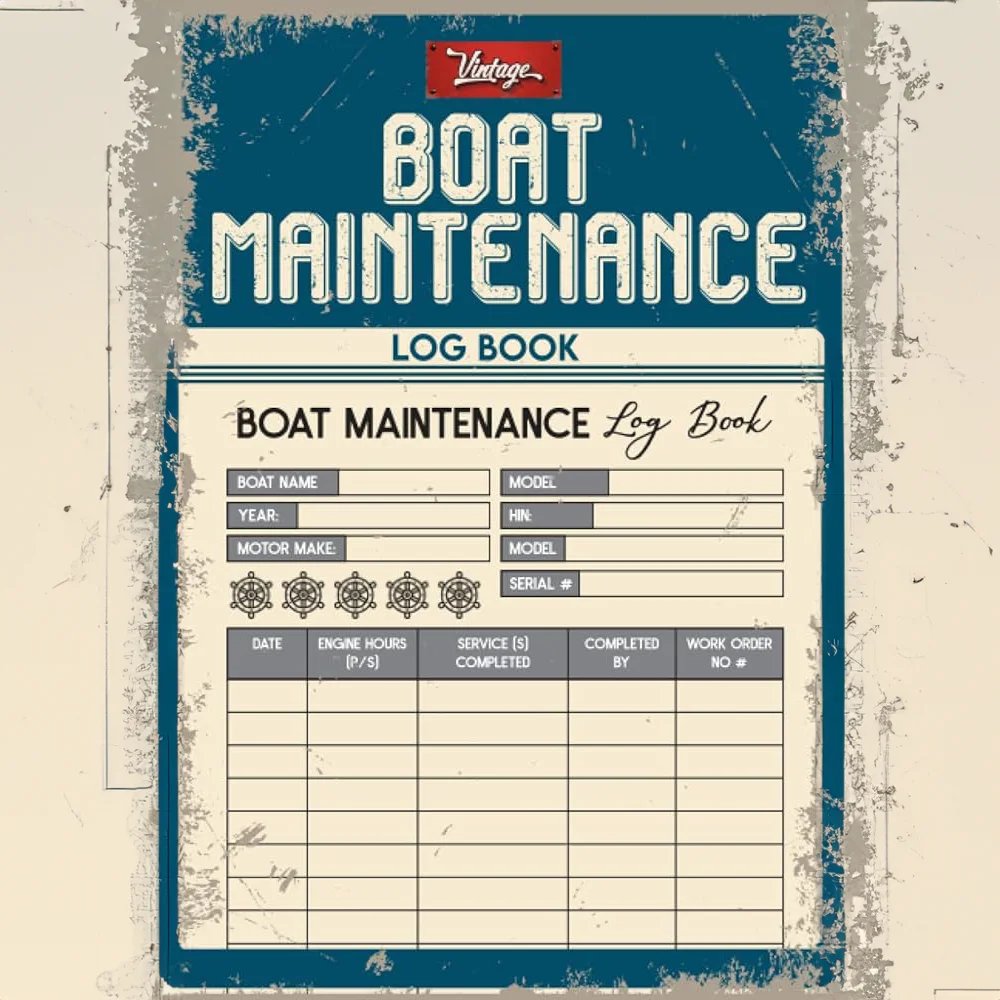
Wrapping Up
A thorough inspection is key to ensuring you’re making a wise investment. Each step, from the hull to the safety equipment, plays a critical role in assessing the boat’s overall condition. Don’t rush the process, and consider hiring a professional surveyor for an expert opinion. Using this boat inspection checklist will help you sail away with peace of mind.
FAQ’s
Common issues include hull damage, water intrusion, engine problems, and faulty electrical systems. Always look for signs of poor maintenance or repairs.
Regular inspections should be conducted annually, with more frequent checks for critical systems like the engine and electrical components.
While you can perform a basic inspection yourself, hiring a professional surveyor is recommended for a comprehensive evaluation. They can identify issues that might be overlooked by an untrained eye.

